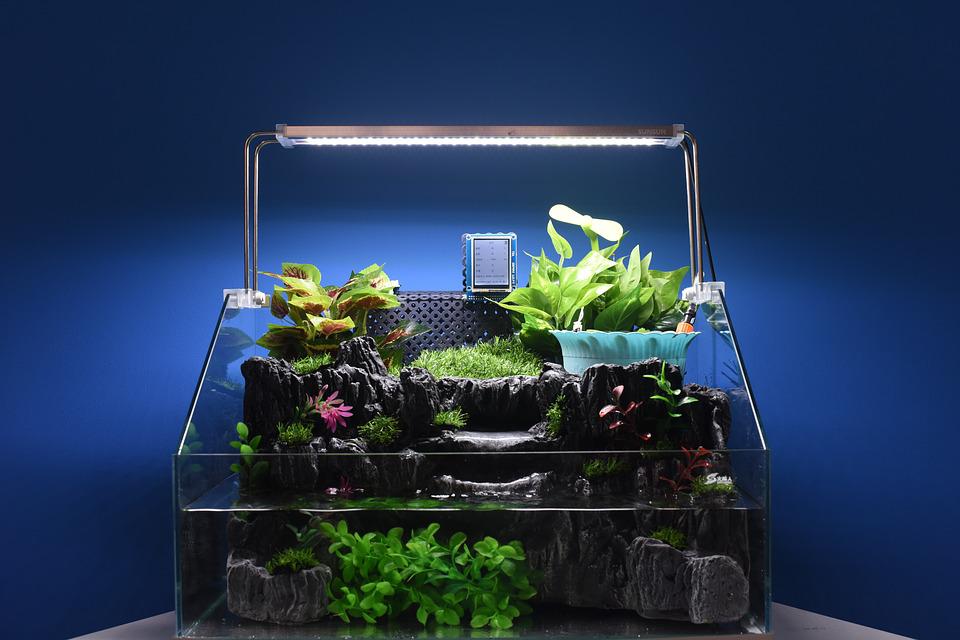Ts. Syahrul Nizam Junaini
INTRODUCTION
The widespread adoption of IoT-based water management sensors for smart farming sensors is not new. However, the use of data analytics dashboards for IoT-based plant water quality monitoring for smart agriculture is currently limited (Farhan Mohd Pu’Ad et al., 2020). One reason is that it is lack of affordable, reliable, and accurate sensors (Baek & Kanampiu, 2021). Thus, this obstacle must be overcome in order for water management systems to become more effective. In addition, the efficacy of this solution remains unknown. Filev Maia et al. (2020) mentioned that it is necessary to conduct research on IoT platforms for crop water management in order to find out the platform requirements for proper operation.
We expect our project to have an implication on Dasar Agromakanan Negara 2021 - 2030 (DAN 2.0). It also has the connection with SDG2: Zero Hunger and SDG6: Clean Water. Our proposal will contribute towards Strategic Thrust 1 (Restructuring Business and Industry Ecosystem), Wawasan Kemakmuran Bersama 2030.OBJECTIVES
The objective of this study is two-fold: (i) to formulate a new method to monitor water quality data from IoT sensors from smart farming; and (ii) to explore a new data analytics dashboard of IoT-based water quality monitoring for sustainable smart farming.
METHODOLOGY
The methodology for this research will involve two phases: (i) Exploring the Elements for a New Framework; and (ii) developing the data Analytics Prototype.

RESULTS
Figure 6 shows the measurement of the aquaponics’ pH, water, and ambient light level in the form of a gauge meter and graph plotting. The highest refresh rate can be set in Grafana is five seconds. However, data is continuously being sent to the database almost every second by the system. Apart from that, temperature measurement, CPU usage, and disk space used are also displayed to monitor the health status of the Raspberry Pi. Grafana was also configured to give an alert on the dashboard in case of water level drop or pH level went out of suitable range for the aquaponics. In this test, the pH value of the water varies and the system shows that the alerting mechanism can detect the change of pH level to unsuitable level. Measurement of ambient light sensor shows values greater than 900 in daylight and lower than 100 at night. While water level shows a steady decrease throughout the period. Furthermore, the monitoring system runs smoothly throughout the experiment at MISA without experiencing data loss and stability issues such as crash or freeze. Therefore, the monitoring system proves to be stable and reliable for aquaponics monitoring use.

REFERENCES
Baek, J., & Kanampiu, M. W. (2021). A Strategic Sensor Placement for a Smart Farm Water prinkler System: A Computational Model. International Conference on Advanced Communication Technology, ICACT, 2021–Febru, 53–57. https://doi.org/10.23919/ICACT51234.2021.9370811
Farhan Mohd Pu’Ad, M., Azami Sidek, K., & Mel, M. (2020). IoT based water quality monitoring system for aquaponics. Journal of Physics: Conference Series, 1502(1). https://doi.org/10.1088/1742-6596/1502/1/012020
Filev Maia, R., Ballester Lurbe, C., Agrahari Baniya, A., & Hornbuckle, J. (2020). Irrisens: An iot platform based on microservices applied in commercial-scale crops working in a multi-cloud environment. Sensors, 20(24), 7163.


